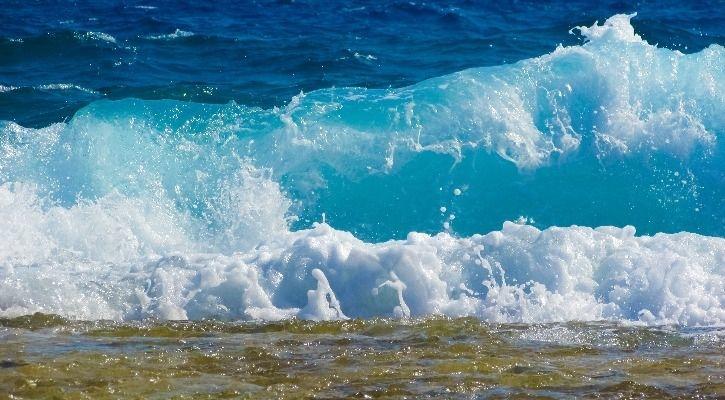Scientists Produce Hydrogen Fuel From Seawater, Possibly Ends Climate Change
Chander Sinha - Apr 04, 2019

A team of researchers from Stanford have just found a way to extract hydrogen fuel from seawater, which makes it easier to harness green and renewable energy.
- The Earth Is At Its Hottest It Has Ever Been In At Least 12,000 Years
- This 10Km Tall Ice Cube all Shows How Much Ice We Lose Every Year
- India Will Have The Largest Hybrid Renewable Energy Park In The World
From time to time, climate change has gradually become such a major problem. Therefore, many people have relentlessly been looking for new ways to make use of renewable and green energy.
Recently, a crew of researchers working at Stanford has just found out how to produce hydrogen fuel from plain seawater. This opens up a whole new world of potentialities.
Electrolysis is the procedure where you can split water into oxygen atoms and hydrogen. This process is considered as a potential possibility for producing renewable energy. We can say that this is a piece of very good news as hydrogen is a kind of clean-burning material whose byproduct is only water.

However, one considerable problem here is that seawater has the tendency to corrode the electrodes. Therefore, purified water is a must for this process. But purified water isn't always available in a sufficient amount, let alone in abundance, which makes it somewhat unachievable and expensive.
Still, with the work of Hongjie Dai - a chemistry professor - and also his team at Stanford University, there may still be a way to solve this problem. They have figured out how to utilize seawater instead of purified one for this process. To do so, they have developed a new method to prevent the salt in seawater from corroding the device.
They layered nickel sulfide as well as nickel-iron hydroxide right above a nickel foam core. This basically creates a barrier that slows down the corrosion. Without the help of the extra coating made from nickel, this device can only last approximately half a day through the electrolysis. In contrast, the device is good for over 1000 hours with the extra coating.
While it can be a high potential development, we are still somewhat far away from being able to harness energy from the oceans properly. It may take us some time to refine the electrolysis process and make it more efficient. We’re at least, however, one step closer to a greener future.
Featured Stories

Features - Jul 01, 2025
What Are The Fastest Passenger Vehicles Ever Created?

Features - Jun 25, 2025
Japan Hydrogen Breakthrough: Scientists Crack the Clean Energy Code with...

ICT News - Jun 25, 2025
AI Intimidation Tactics: CEOs Turn Flawed Technology Into Employee Fear Machine

Review - Jun 25, 2025
Windows 11 Problems: Is Microsoft's "Best" OS Actually Getting Worse?

Features - Jun 22, 2025
Telegram Founder Pavel Durov Plans to Split $14 Billion Fortune Among 106 Children

ICT News - Jun 22, 2025
Neuralink Telepathy Chip Enables Quadriplegic Rob Greiner to Control Games with...

Features - Jun 21, 2025
This Over $100 Bottle Has Nothing But Fresh Air Inside

Features - Jun 18, 2025
Best Mobile VPN Apps for Gaming 2025: Complete Guide

Features - Jun 18, 2025
A Math Formula Tells Us How Long Everything Will Live

Features - Jun 16, 2025
Comments
Sort by Newest | Popular